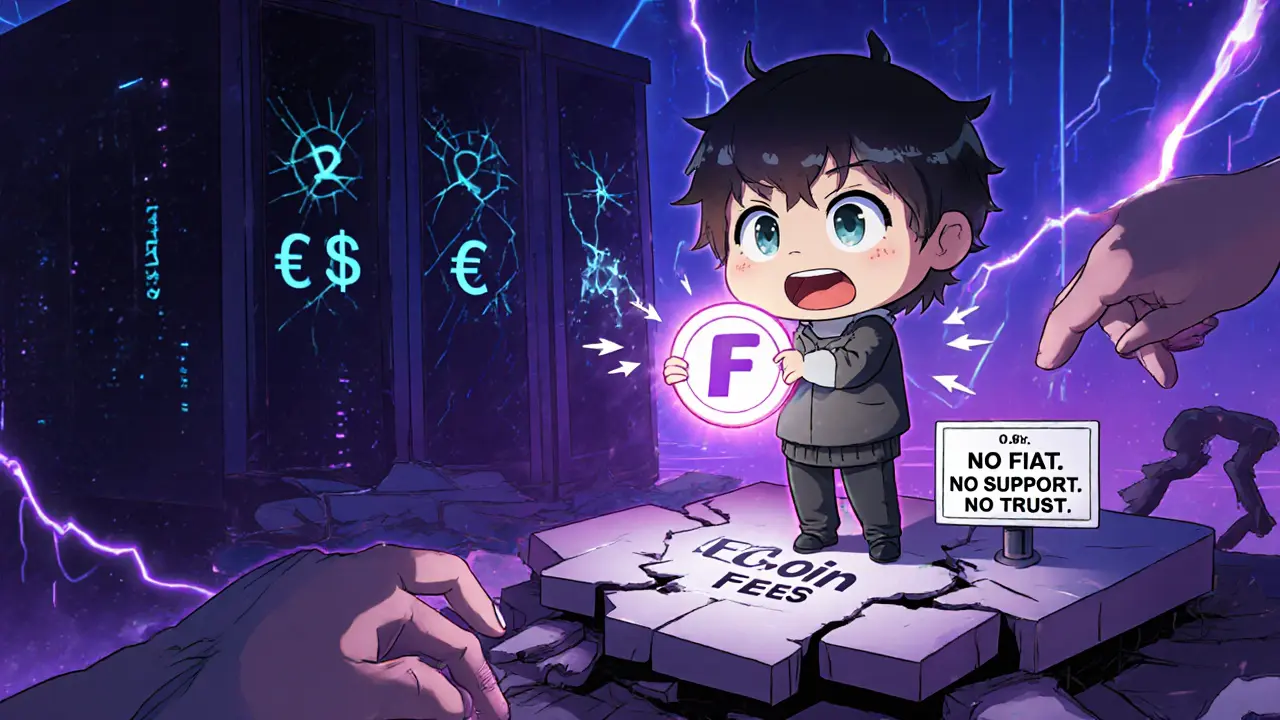FCoin Trading Fees: What You Really Pay and How It Compares
When FCoin, a cryptocurrency exchange that shook up the market with its revolutionary fee structure. Also known as FCoin Global, it was once one of the few platforms that paid users to trade instead of charging them. Back in 2018, FCoin flipped the script: instead of taking a cut from every trade, it gave traders a portion of the fees back in its native FCT token, the platform’s utility token used for fee rebates and governance. This wasn’t just a discount—it was a reward system built into the exchange’s DNA. But here’s the catch: the model only worked while the price of FCT kept rising. When the token crashed, so did trust, and FCoin vanished by 2019, leaving users with nothing but a cautionary tale.
FCoin’s fee structure didn’t just affect traders—it changed how people thought about crypto exchange fees, the costs you pay when buying, selling, or swapping digital assets. Most exchanges, like Binance or Kraken, charge between 0.1% and 0.2% per trade. FCoin started at 0% for makers and even paid takers 50% of the fee in FCT. Sounds too good to be true? It was. The real cost wasn’t the fee—it was the risk of holding a token tied to a platform with no real revenue, weak security, and zero transparency. Today, exchanges like Bybit and OKX offer lower fees, but they don’t pay you back. Instead, they use volume-based tiers or staking rewards. The lesson? A low fee is great, but a fee that pays you in a dying token? That’s a trap.
What you’ll find in the posts below isn’t just about FCoin. It’s about how exchanges disappear, how fee models can be manipulated, and how users get burned when they chase hype over safety. You’ll read about exchanges like Coinviva and Energiswap that had real fee structures but still failed. You’ll see how ezBtc and CoinRui vanished overnight, taking users’ funds with them. And you’ll learn what to look for now: not just low fees, but clear audits, withdrawal records, and a team that doesn’t vanish after a token pump. FCoin’s story isn’t history—it’s a warning label on every new exchange promising free trading. Don’t get caught paying with your crypto instead of your dollars.

